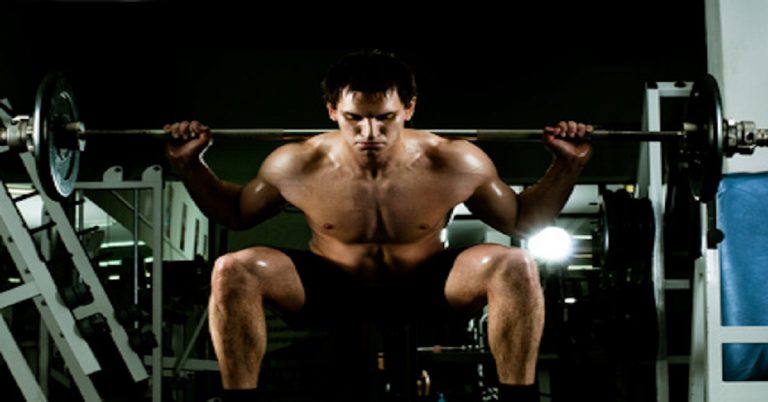The supine knee-in is an effective abdominal exercise when performed correctly. In most gyms, people hold a medicine ball or dumbbell between their feet for resistance, but since the weight acts downward, it tends to over-activate the hip flexors just to keep the weight off the ground. A better option is to use horizontal loading…
I just completed my CPR certification this past weekend. I have to renew it every year for one of my professional designations, and I believe everyone should do the same—regardless of their occupation. I once had to perform first aid on a baby, and I’m grateful I knew what to do. One of the key…
Research provides valuable insights for health and fitness professionals. If you’re a personal trainer, here are some recent findings to help you stay ahead of the curve. Recruit Fast-Twitch Muscle Fibers for Rehab and Performance Read the full study here. Note: High-rep protocols that develop type I and IIa muscle fibers are often used in…
Here’s a superset routine that targets the entire body one joint at a time. It follows a split routine where the lower body is trained on Day 1 and the upper body on Day 2. Each workout starts with a proximal pair of exercises and progresses distally with each subsequent pair. In other words, larger…
Here’s some valuable information on cellulite that I picked up from nutritionist Keith Klein and his Beyond Diet Podcast. Klein is the founder and CEO of the Institute of Eating Management in Houston, Texas. I had the pleasure of attending one of his lectures in 1997—he’s an excellent speaker and knows his stuff! I think…
Here’s an important message for any personal trainer interested in passive income: when it’s time to stop consuming and start producing, focus on creating multiple products and aim for just one or two sales a day. That’s all it takes. Marketing expert Ryan Lee puts it this way: “You don’t need to hit a home…
Unless a planned layoff follows a training cycle, you should always taper in the final workout by performing 30–50% fewer sets than the previous session. If done correctly, even with half the sets, the total workload won’t drop much (if at all). However, selecting the right load is crucial—it’s as much an art as it…
Why do some people experience great results with certain supplements while others do not? Let’s look beyond the obvious—where one person may have a greater dietary need than another. For example, a vegetarian may require more creatine than a heavy meat-eater and will typically see better results from supplementation. But what if you have two…
Start with a low step beside you and use only your bodyweight at first. As your strength and stability improve, you can progress to holding a pair of dumbbells. Keep your hips level throughout the movement. If the step is too high, maintaining this position will be difficult. A common mistake is pushing off with…
In strength training, time under tension (TUT), sometimes called time under load, refers to the total duration of a set. It’s calculated by multiplying the number of reps by the tempo of each rep. For example, if you perform 10 reps and each rep takes 6 seconds (2 seconds to lift the weight and 4…










